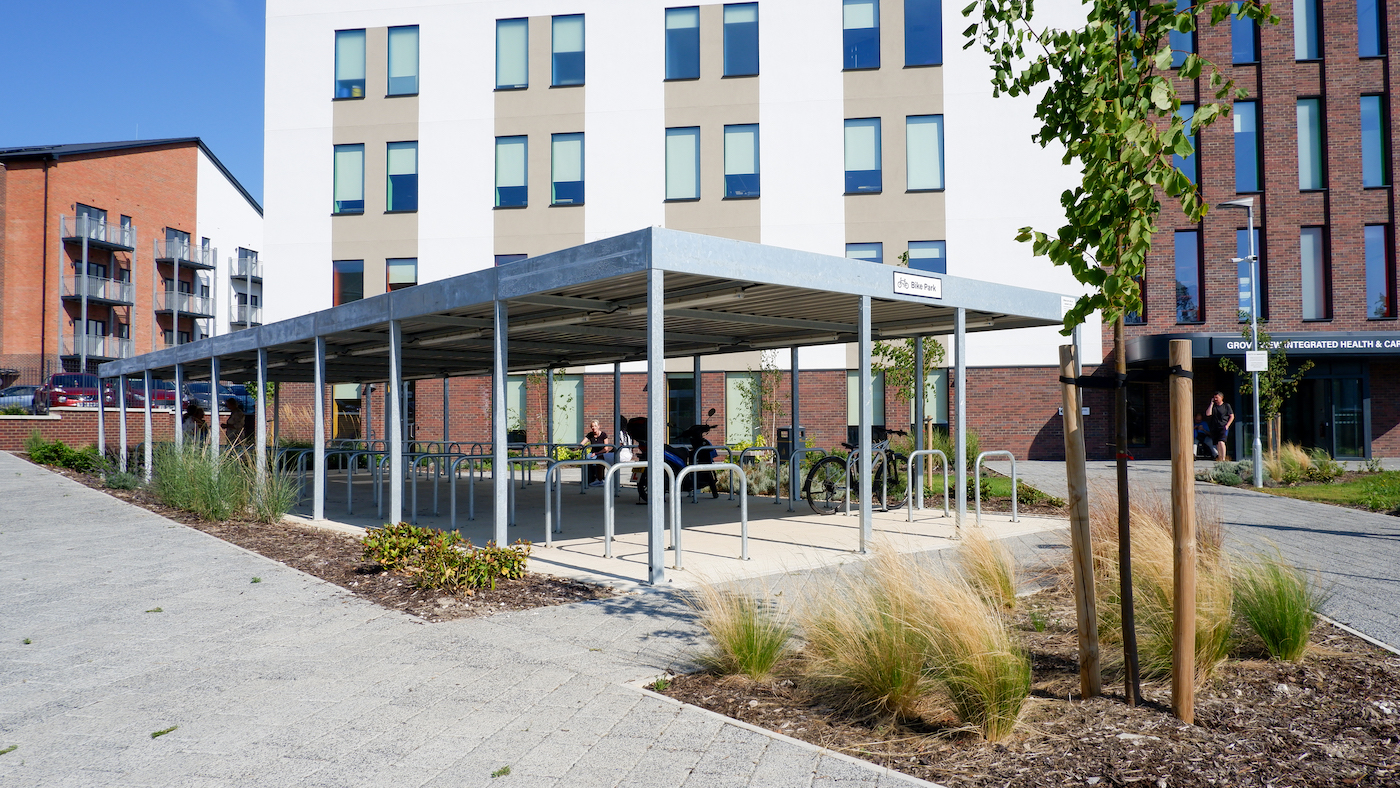The recommended exercise for an adult in the UK is 150 minutes per week. Split over five days a week, that’s 30 minutes a day.
With an active daily commute of only 15 minutes, the average adult’s exercise goal is achieved – and that’s without any additional activities.
This, according to new research, is why active commuting leads to healthier workers.
We already know that exercise is a factor in improving mental health, as well as physical health. Plus, it’s a major driver in combating carbon emissions too.
Combining a menial part of the day with exercise can be enjoyable too, with potentially untold benefits on overall well-being adding to the upsides of active travel.
Commuting is directly linked to worker health
New research from the US has attempted to answer the question of whether active commuting leads to overall better health.
The study used a definition of health that includes biological, mental, social, and functional health.
Their results confirm that active commuting has a positive effect on overall health. The report’s key findings are:
- Individuals who engage in longer commutes either by walking or cycling report higher subjective health and lower body mass index.
- The robustness checks of data suggest strong positive linear correlation for cycle commuting and health.
- There is less robust statistical evidence to suggest walking has the same benefits, but this could be limited by lack of data.
- Longer car commutes lead to a higher body mass index.
This study aimed to fill a gap in research that has so far ignored the relationship between commuting and subjective health.
A similar research paper from 2021 highlighted the relationship between cycling and walking to work in Scotland, and the benefits to the economy and population health.
In that paper, 50.2% of active commuters in 2011 met 30 minutes of moderate daily exercise, directly affecting health.
It is estimated that the annual health economic benefit of commuting to work by walking is approximately EUR 700.2 million, and EUR 79.8 million for cycling to work.






